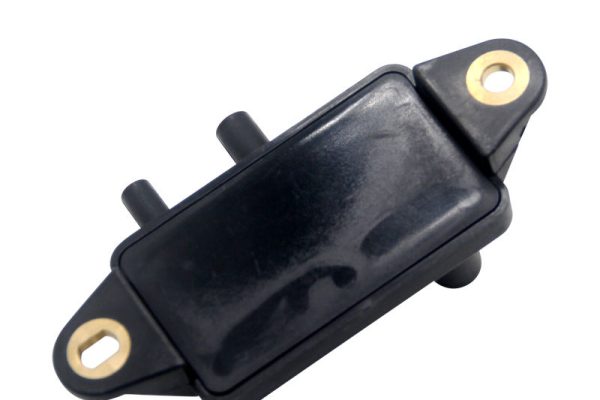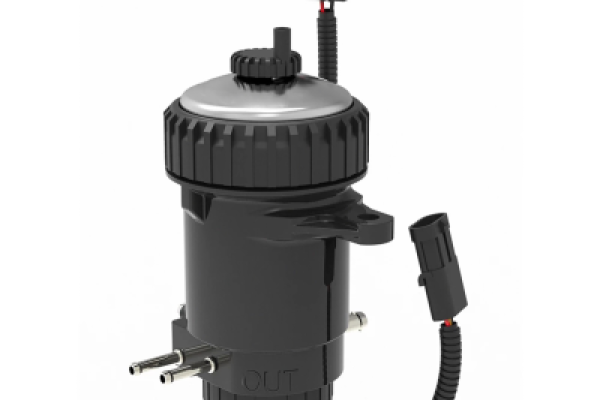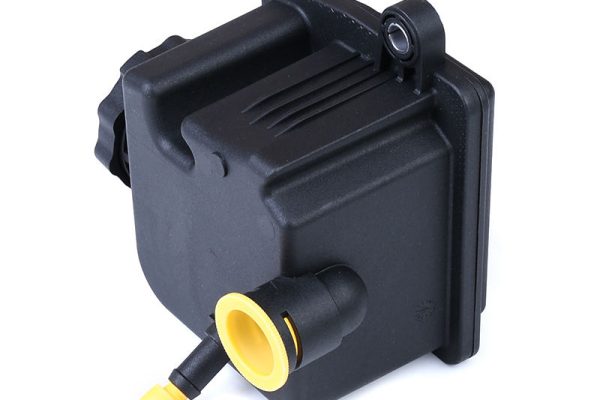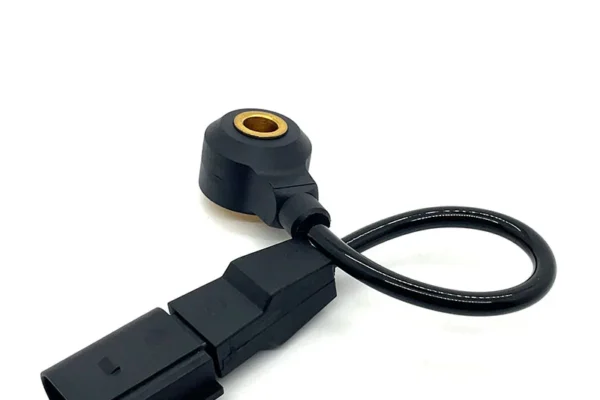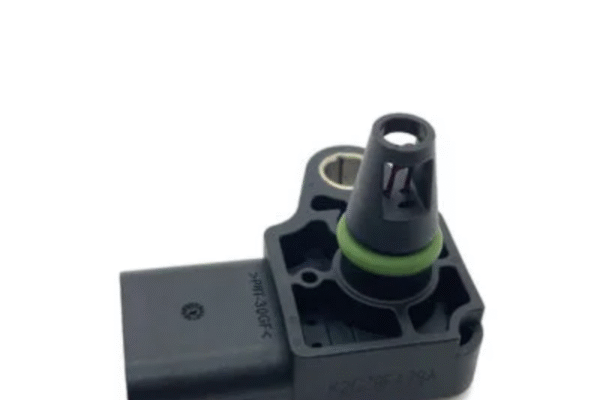If your vehicle is equipped with a turbocharger, chances are it’s packing more power than a naturally aspirated engine of the same size. But behind every boost in power, there’s a hidden team of small but essential components working together. One such component is the turbocharger solenoid valve—a name that doesn’t exactly roll off the tongue, yet plays a major role in your engine’s performance.
So, what exactly does it do? And why should you care?
Understanding the Turbocharger Solenoid Valve
In simple terms, a turbocharger solenoid valve is an electronic device that controls the flow of pressure or vacuum to the turbo’s wastegate actuator. This wastegate controls how much exhaust gas is routed through the turbo, and in turn, how much boost your engine gets.
Without this turbo solenoid valve, your car wouldn’t be able to properly manage boost pressure. That means either poor performance—or worse, engine damage from too much pressure.
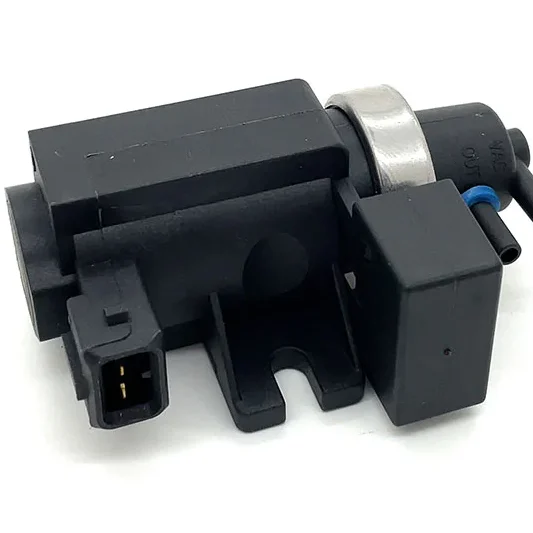
How It Works: From ECU to Engine Response
Modern engines rely on a central brain called the ECU (Engine Control Unit) to optimize performance. The turbo solenoid valve is connected to this system. When the ECU detects the need for more or less boost, it sends a signal to the solenoid valve, which then opens or closes accordingly.
When the turbo solenoid valve opens, it redirects pressure to the wastegate actuator, telling it to release exhaust flow and reduce boost. When it closes, more exhaust drives the turbo, increasing boost. This constant fine-tuning allows your engine to deliver strong power when needed, and better efficiency when cruising.
Why It Matters: Performance and Protection
A properly working turbocharger solenoid valve delivers several key benefits:
- Smooth Power Delivery: It helps avoid turbo lag by adjusting boost quickly.
- Engine Safety: Prevents overboosting, which could cause engine knock or overheating.
- Fuel Efficiency: Enables low boost operation during light driving, saving fuel.
- Throttle Response: Maintains better engine responsiveness, especially in turbocharged gasoline engines.
For enthusiasts who love quick acceleration or towing power, this valve helps keep performance consistent.

Signs of a Failing Turbocharger Solenoid Valve
Because it’s electronically controlled, the turbocharger solenoid valve can fail over time—either from electrical faults or internal wear. Symptoms include:
- Loss of Boost or Power
- Check Engine Light
- Rough acceleration or delayed throttle response
- Unusual hissing or vacuum sounds
If you notice any of these signs, the solenoid valve should be inspected. Luckily, many replacement units are available wholesale and at affordable prices—especially for common models like BMW or VW. For a more detailed breakdown of symptoms, check out our guide on the 5 Signs Your Turbocharger Solenoid Valve Needs Replacing.
Maintenance Tips and Replacement Advice
Unlike turbos themselves, solenoid valves are relatively inexpensive and often easy to replace. In most cases, no major disassembly is required—just unplug the old unit and install the new one. Some owners replace them every 60,000–100,000 miles as preventive maintenance.
If you’re sourcing parts in bulk, make sure to match the OEM part number and confirm compatibility. For example, the turbo solenoid valve 11747796634 fits a range of BMW models and is often found in aftermarket wholesale packages targeted at repair shops and distributors.
Conclusion
The turbo solenoid valve may be small, but its job is big. It acts as the gatekeeper of turbo pressure, ensuring your engine stays within safe limits while giving you the best possible performance.
Whether you’re managing a repair shop, sourcing components for fleet maintenance, or building up your aftermarket inventory, understanding how the turbocharger solenoid valve functions can help you make smarter purchasing decisions. It’s a cost-effective, high-impact part that supports turbo performance, protects the engine, and fits seamlessly into a wide range of modern turbocharged systems.
FAQ
Q1: What exactly does a turbocharger solenoid valve do?
A: A turbocharger solenoid valve controls the flow of vacuum or pressure to the turbo’s wastegate actuator. It receives commands from the ECU (engine control unit) to open or close, regulating turbo boost pressure based on engine load and demand. This ensures the right balance between power, fuel efficiency, and engine protection under various driving conditions.
Q2: What happens if the turbocharger solenoid valve fails?
A: A failing solenoid valve can cause a range of issues, including poor acceleration, turbo lag, irregular boost delivery, or even triggering the check engine light. In severe cases, it may lead to overboost or underboost, which can compromise engine safety or reduce fuel efficiency. Replacing a faulty valve promptly is key to maintaining turbo performance.
Q3: Is it difficult to replace a turbo solenoid valve?
A: In most vehicles, the turbocharger solenoid valve is located near the turbocharger or intake manifold and is relatively easy to access. Replacement typically involves disconnecting a few hoses and an electrical connector. For professional workshops, it’s a quick job—often under 30 minutes—making it a low-cost service with high performance impact.




